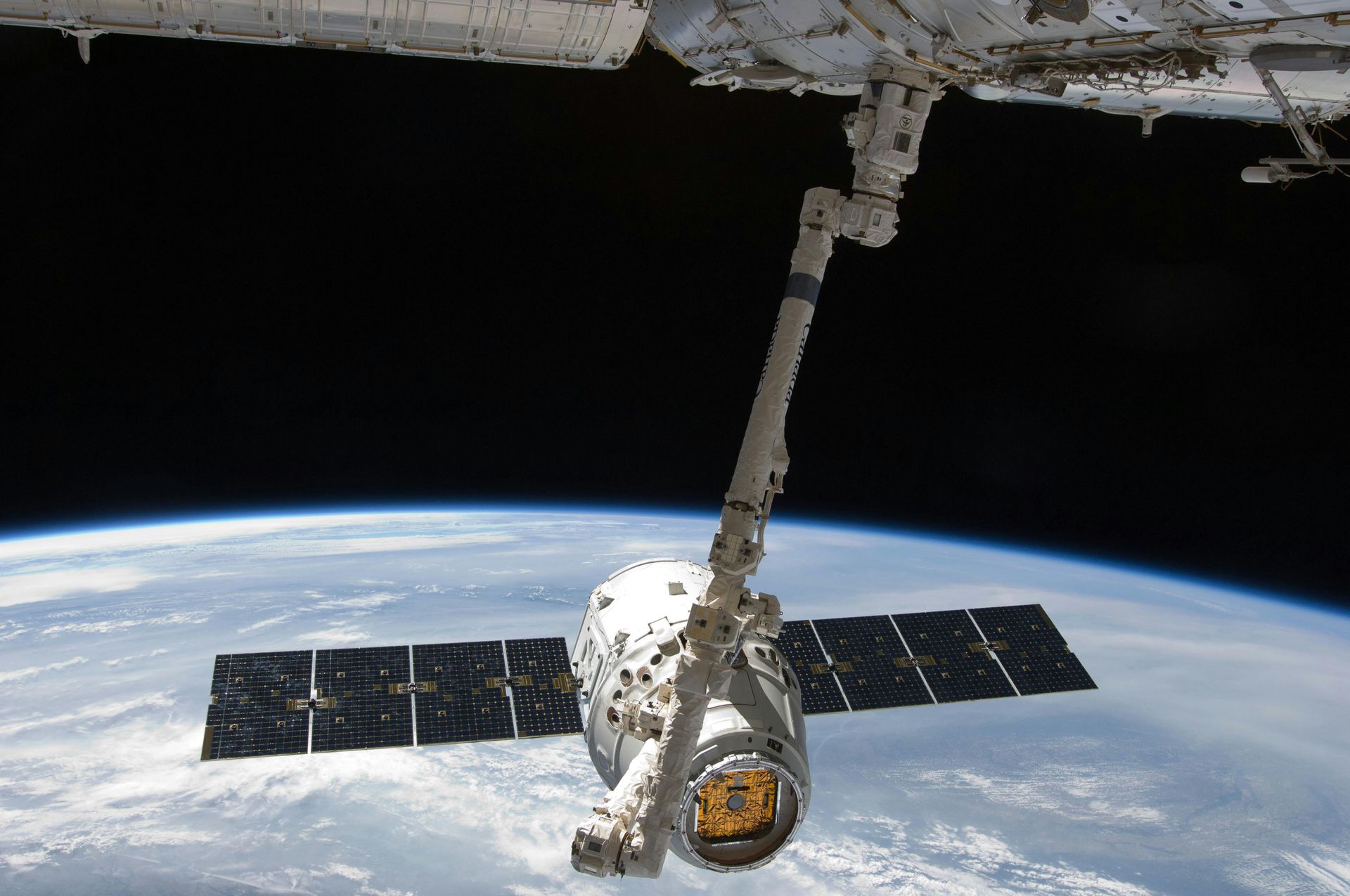Eyes in Space, a Good Idea?

Blog vol 5.32. Eyes in Space, a Good Idea?
When it comes to the subject of physics and space, I get really interested. You start talking about eyes and space, watch out.
You can imagine what I felt when I read the latest issue of the IEEE Open Journal of Engineering in Medicine and Biology, which had just published an article on the impact of space missions on an astronaut’s eyes!
Prolonged microgravity has a negative effect on the eye and vision. The ocular changes that occur are known as space-flight-associated neuro-ocular syndrome (SANS). It’s postulated that the weightlessness experienced in space causes blood and cerebrospinal fluid (CSF) to travel toward the head (known as the “water-hammer effect”).
40-70% of astronauts traveling to the International Space Station (ISS) experienced some amount of swelling in the back of the eye.
This swelling can cause optic disc edema, global flattening, choroidal and retinal folds, hyperopic refractive error shifts, and even focal areas of retinal ischemia, i.e. problems. Throw in individual genetics, metabolism, and nutrition, and these changes in the eye can be quite serious.
The latest research from Canadian Space Agency in Quebec looked at 13 astronauts that were part of long-duration space missions on the ISS. The study looked at ocular rigidity, intraocular pressure, and ocular pulse amplitude. All three findings showed significant changes in the astronauts’ eyes from pre-space: SANS. In many cases, this shift can be corrected with spectacles during the mission, but some experience significant problems.
The researchers in Quebec have concluded that at-risk astronauts need to be identified in order to prevent exposure and serious damage in a prolonged mission. The good news is that once the astronaut returns to Earth and Earth’s gravity, the eyes return to normal. The changes are not permanent however debilitating SANS was in space (Read more here).
All very interesting, but it does make you wonder if Buzz Lightyear can make it to infinity and beyond.
The good doctor






